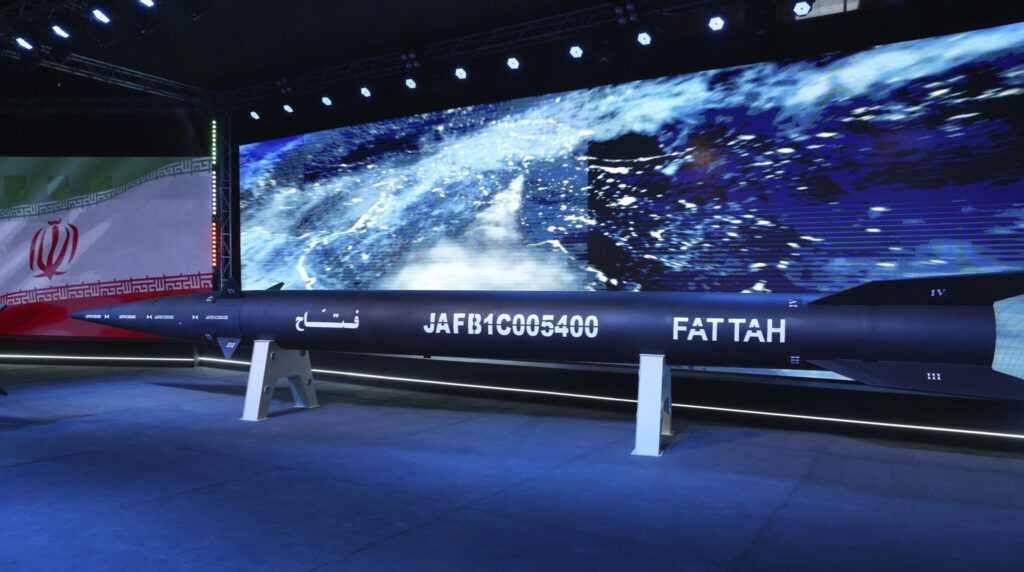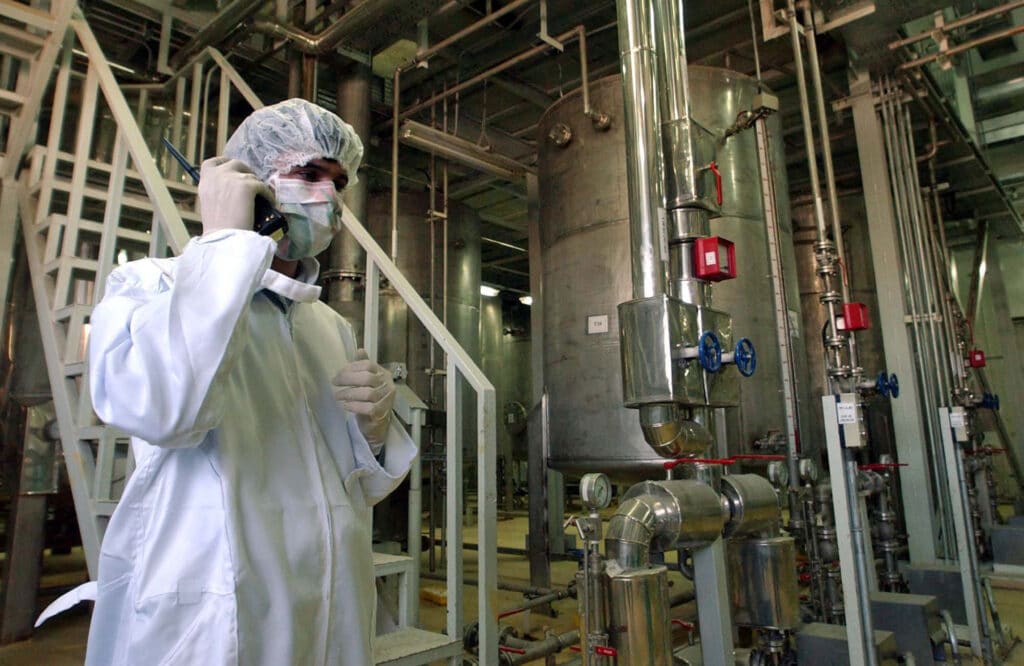A Strategic Perspective on the Joint Comprehensive Plan of Action (JCPOA) Newslooks \ Washington DC
The nuclear dialogue with Iran has been a point of contention for both Democrats and Republicans since its inception in 2012, culminating in the 2015 Joint Comprehensive Plan of Action (JCPOA). This deal continues to be a top priority for U.S. policy on Iran. However, a quick examination reveals that it is no longer ‘joint,’ as the previous Republican Administration withdrew from the deal in 2018, Iran has persistently violated its terms, and the deal lacks effective mechanisms for verifying Iran’s compliance. It was never a ‘Comprehensive Plan of Action’ due to several loopholes, difficulties with enforcement, its temporary nature, and its failure to deter Tehran’s regime from developing ballistic missiles or halting its support for terrorism.

Since Obama’s echo chamber in 2015, the JCPOA’s failure has had numerous negative repercussions. First, it has heightened the risk of a nuclear arms race in the Middle East. Second, it has emboldened Iran to escalate its destabilizing activities in the region, such as supporting proxy militias in Syria and Yemen. Third, it has undermined the credibility of the United States and its allies globally.
Yet there seems to be an unending appetite for a failed deal as the Biden administration has made several attempts to revive the JCPOA. In April 2021, it announced willingness to rejoin the deal if Iran returned to compliance. Talks initiated in July 2021 in Vienna ended in a stalemate a year later. Despite public acknowledgment from President Biden last year that the deal “is dead,” recent reports from the New York Times reveal U.S. efforts to negotiate an “Informal Agreement” through discrete, indirect talks with Iran. Even though the U.S. refers to the new engagement as an “informal agreement,” Iran continues to refer to it as the JCPOA. On June 12, 2023, Iran’s foreign ministry spokesperson, Nasser Kanaani, confirmed that messages had been exchanged with the U.S. via Oman “a few weeks ago,” but he emphasized that the JCPOA remains the basis for negotiations to lift sanctions.
While many argue there is no simple solution to Iran’s nuclear problem, past policy failures suggest that the JCPOA, or the newly branded ‘informal agreement,’ is not the answer. Here’s why:
1. Iran in 2023 is vastly different from Iran in 2012. The regime is significantly weaker, both domestically and regionally. The elimination of Qassim Soleimani shattered the IRGC and Khamenei’s aura of invincibility. Persistent nationwide protests since September 2022 reflect public dissent against Khamenei, and Iran’s supreme leader is at a political and moral dead-end. Women and young people have been the primary force in recent uprisings and the organized resistance movements, demanding regime change. The most popular and recurring slogan in the street protests is “death to Khamenei” and officials are acknowledging how the end is near.
2. There is no new thought leadership involved in the Biden administration’s negotiations. The architects of Biden’s informal agreement are the same individuals who drafted the JCPOA and have been criticized for appeasing the regime. The Iranian people are fully aware of the identities of the U.S.’s negotiation partners – criminal officials implicated in the massacre of 30,000 political prisoners in 1988, the killing of 1,500 protesters in 2019, and responsible for the deaths of more than 750 men, women, and children since September 2022. This absence of fresh thought leadership is also in stark contrast with Secretary Blinken’s doctrine of placing human rights at the heart of U.S. foreign policy.
3. Bipartisan leaders in the U.S. Congress will not sit idly by as another flawed attempt is made, even if the administration is trying to bypass the congressional review mandate for any deal with Iran. Although the new agreement started with confidence-building measures, such as a State Department waiver allowing the transfer of $2.7 billion from Iraq to Iranian banks for “humanitarian and other non-sanctionable transactions,” there is little confidence that the regime will use these funds for the Iranian people. As former Secretary of State John Kerry acknowledged in 2016, “some of it will end up in the hands of the IRGC or other entities, some of which are labeled terrorists.”
Any agreement with the regime in Tehran is likely to prove futile for Washington and its allies. Instead of engaging a criminal regime via flawed deals, the international community should contemplate a more comprehensive approach: enforcing sanctions, which includes internationally blacklisting the Revolutionary Guard as a terrorist organization; activating the ‘snapback mechanism’ to reinstate UN sanctions against the regime due to its non-compliance and enrichment activities; designating the regime as a grave threat to global peace and security; and most significantly, acknowledging the Iranian people’s right to overthrow the nuclear-weapons-hungry regime in Tehran. The authentic partners for peace and stability in the region are the people of Iran themselves, who are advocating for a non-nuclear, secular republic as the only viable alternative to Khamenei’s regime.
The Futility of the Joint Comprehensive Plan of Action
Disclaimer: The views and opinions expressed in this article are those of the authors and do not necessarily reflect the official policy or position of Newslooks.com







